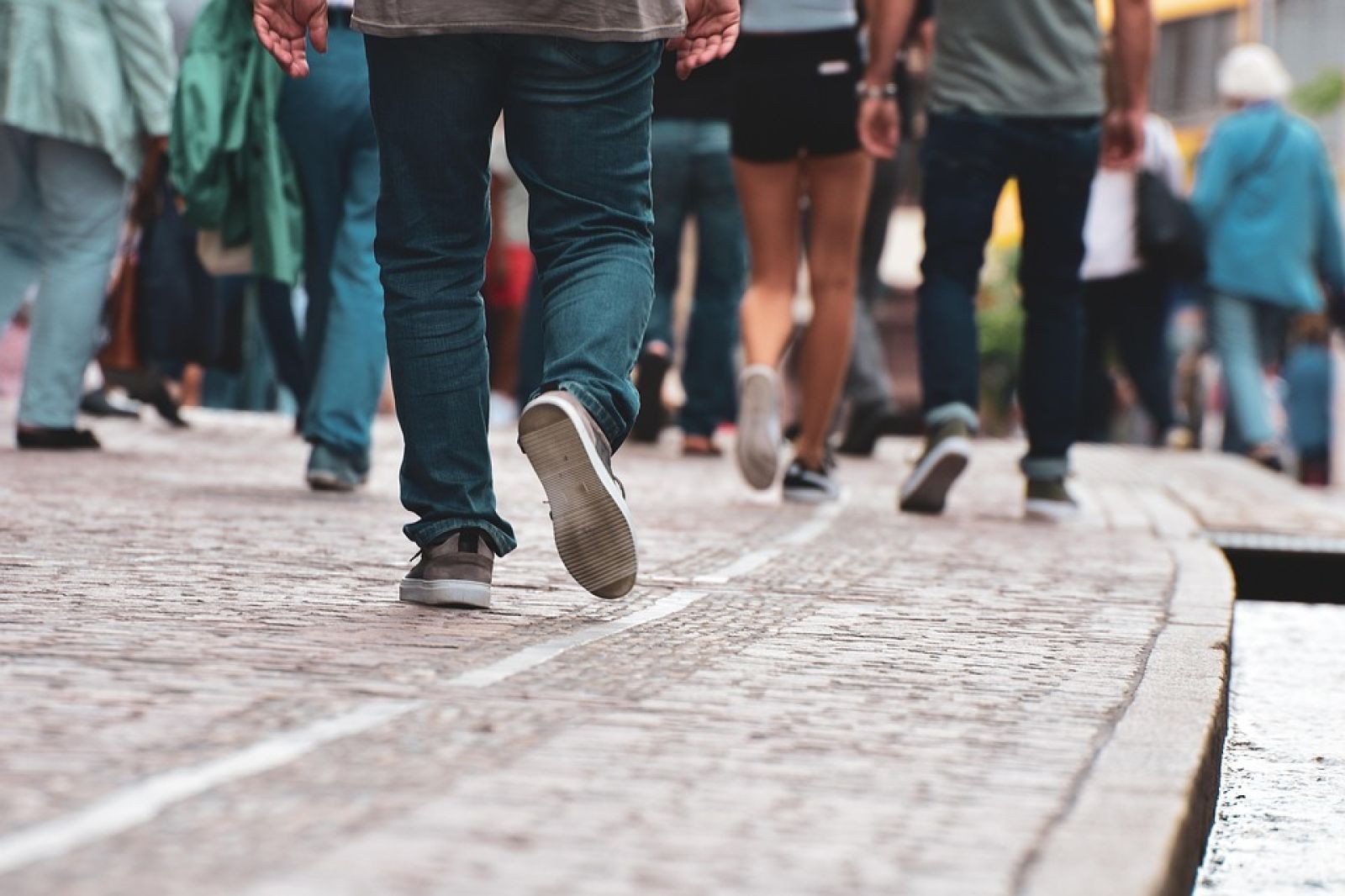🏃 Why are we walking faster and strolling less than 30 years ago?
Published by Cédric,
Article author: Cédric DEPOND
Source: Proceedings of the National Academy of Sciences
Other Languages: FR, DE, ES, PT
Article author: Cédric DEPOND
Source: Proceedings of the National Academy of Sciences
Other Languages: FR, DE, ES, PT
Follow us on Google News (click on ☆)
This observation comes from an innovative study that analyzed the behavior of city dwellers over a thirty-year period. Researchers compared historical and contemporary video footage filmed in the same locations, using artificial intelligence tools to quantify the changes.

Pixabay illustration image
A measured acceleration in pace
The average walking speed increased by 15% between 1980 and 2010 in three major American cities. This objective metric was obtained through algorithmic analysis of archival videos. The work was published in Proceedings of the National Academy of Sciences.
Time spent strolling in streets or squares decreased by 14% in parallel. Public spaces are less used for breaks or waiting; they function more as simple transit routes to quickly get from one point to another.
The proportion of people walking alone remained stable, hovering around 68%. However, spontaneous interactions between strangers have become rarer. The study notes a significant decline in impromptu conversations in urban spaces.
Causes of a social transformation
The emergence of mobile phones and digital communication is one explanatory factor put forward by scientists: appointments are now scheduled in advance via messages, reducing chance encounters. This changes the very nature of interactions on the street.
The proliferation of cafés and air-conditioned indoor spaces offers a comfortable alternative to the street. Brands like Starbucks constitute new meeting points—private and connected—which contributes to the decline of outdoor socialization.
The built environment also influences behaviors: architectural monotony can encourage people to quicken their pace to leave a place perceived as uninviting. Quality urban planning remains essential to promote social uses.